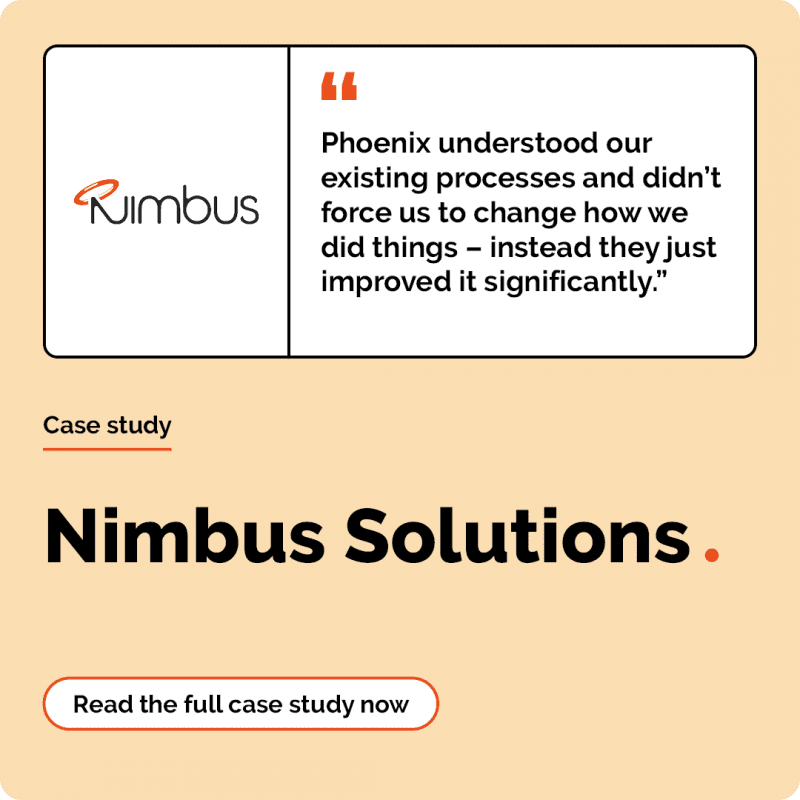Your guide to navigating government reorganisation
4 minute read
Madeline Hoskin
May 28th, 2025
Government reorganisation has an unexpected benefit; the opportunity to transform.
This is a time in which a balance needs to be found between structural change and efficiency, which is why Madeline Hoskin, Assistant Director for Technology at North Yorkshire Council, has written this blog to explore the actions you could take. She gives her top tips for making the most out of your technology while navigating these changes.
To start, what is the government reorganisation?
“Government reorganisation is the process of shifting powers from central government to local areas, giving councils more control over things like transport, housing, and economic growth. For local authorities, it’s a chance to make better decisions that reflect local needs, but it also requires reorganising how councils work together.
This is where tech comes in, with councils already going through a reorganisation, this is the perfect time to modernise and transform current processes.
Take advantage of changes already happening in your organisation
I have several top tips to ensure that despite turbulent changes, you come out stronger.
Start with people, not processes
Structural change might be on the agenda, but the emotional side of transformation is just as critical. People need clarity, empathy, and reassurance, especially when job security and finances are front of mind. If you want your new structure to succeed, make your workforce feel seen, heard, and supported from day one.
Communication matters
Communicate early, clearly, and with purpose. Getting leaders in place sends a strong message that direction is coming, and it helps shift people from waiting to engaging.
Lead with your Target Operating Model (TOM)
Define your TOM early, align your leadership around it, and make it the anchor for decisions going forward. Not only will this help avoid expensive U-turns later, it’ll also foster trust, especially if you’re bringing new teams together through collaborative leadership sessions.
Appoint transformation-focused leadership
Appointing a transformation-minded leader early gives your reorganisation a clear direction. This helps set smart priorities and avoid a backlog of projects with no alignment.
Start slow
Trying to leap straight into ‘transformation’ without a stability and a plan isn’t the best way to go about reorganisation. Focus first on organising duplicated or messy assets, then build on that strong foundation.
Tackle complexity through early consolidation
Over time, bespoke processes and system integrations have introduced high levels of variation, making consolidation harder. Working with suppliers and managing internal expectations can ease this challenge. Early consolidation of IT networks and systems sets a strong foundation for long-term improvements and innovation.
Reimagine IT delivery
A modern IT delivery model, like a fusion team that blends local know-how with technical expertise will help you strike the right balance between your dedicated strategy and the changes happening around you.
Focus and protect specialist skills
Prioritising a few key programmes early makes it easier to manage IT resources effectively. Ring-fencing specialist skills for specific projects helps avoid burnout and ensures successful delivery.
Reorganisation isn’t just about combining several counselling bodies, it’s also about rethinking how services are delivered, how teams collaborate, and how technology supports it all. Yes, it comes with complexity. But it also offers an opportunity to reset, simplify, and build something more resilient for the future.
By using the government reorganisation happening right now to your benefit, you’ll be smarter and better equipped to meet the needs of your communities.”
We’ve partnered with UK Authority to bring you a free webinar, answering your biggest questions around government organisation.
On top of this, we’re hosting a survey exploring the digital, data, and technology implications of local government reorganisation. We want to hear from you, so please take a few minutes to answer the anonymous survey here.
Register for the webinar




